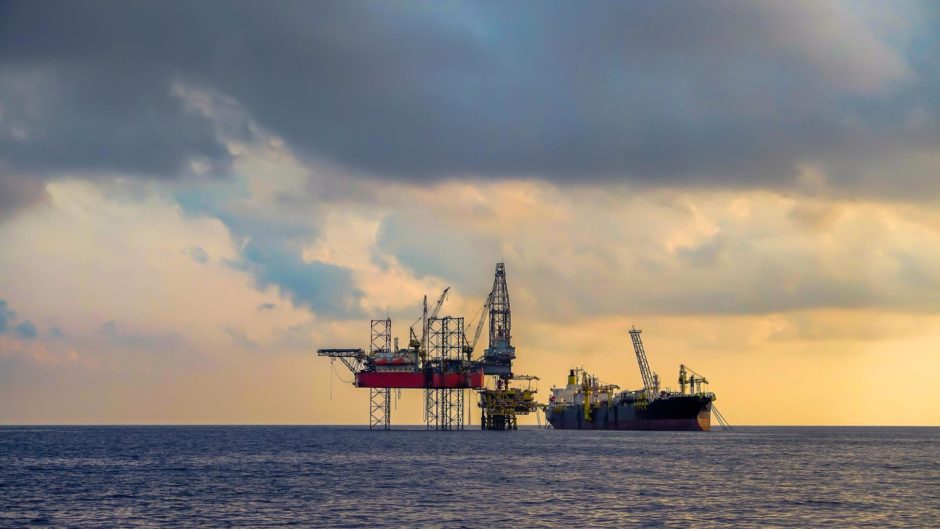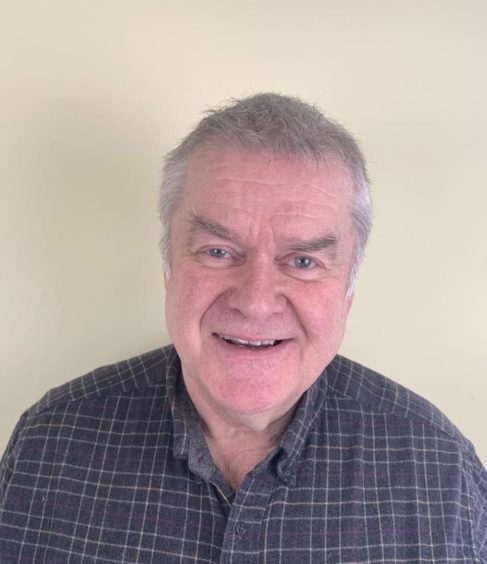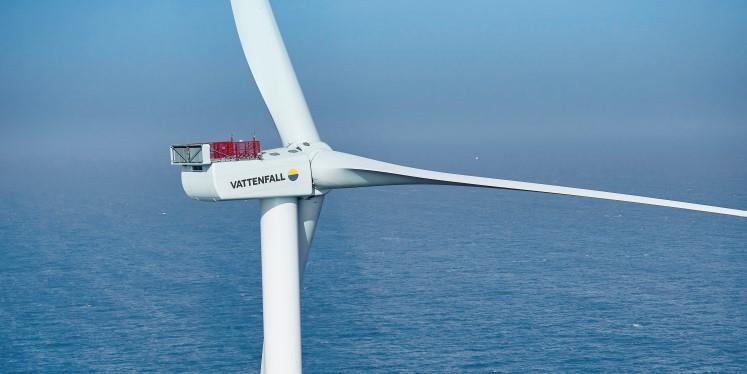
Orcadian Energy (AIM:ORCA) has floated a plan to use its new North Sea gas licence to feed a floating power station connected to offshore wind infrastructure.
“We saw a really good opportunity to put together a completely different development plan for the Earlham discovery than anyone else had previously suggested,” Orcadian Energy chief executive officer Steve Brown told Energy Voice.
Orcadian received four blocks in the Southern North Sea from the North Sea Transition Agency (NSTA) as part of the latest tranche of licence awards in the 33rd Round.
The licence contains Earlham, an existing discovery, along with an undrilled prospect, Clover.
Talisman and BP both drilled appraisal wells in Earlham in the 90s, with BP’s well testing over 30mcf per day of gas production. However, BP found the gas to be unsuitable for production at the time, containing 49% CO2 and 9% N2, leading to the field’s abandonment.
“You’ve only got 42% that’s methane, but there’s still a lot of methane in this accumulation,” Brown noted – 114 bcf of methane or 19mn boe by Orcadian’s estimates.
“The thing about producing low calorie gas, you need to find a network that will accept low quality gas,” Brown said. “You need to come up with a different solution and from our perspective that’s what we love.”
Earlham
To utilise the low-calorie gas, Orcadian’s development concept entails using an offshore power station with a capacity of 70-100MW to utilise the gas.
The facility will come with integrated CO2 capture and storage, pumping the gas produced from both production and electricity generation back into the reservoir.
“With Earlham, the idea is actually capture all the CO2 that’s coming out of the reservoir and the CO2 that you make by turning it into electricity and reinject that all back into the same reservoir,” Brown explained.
“That means you need to consume the gas locally and the best way to do that is to have an offshore power station.”
As part of the 33rd licensing round, the NSTA introduced a new clause requiring oil and gas licence winners to work with wind lease holders to develop their projects. The move aimed to increase cooperation between the different ocean users.
Orcadian Energy envisions taking advantage of the infrastructure from the North Sea offshore wind boom by connecting the floating power station to the grid via a wind farm substation,
Offshore wind
In particular, RWE’s 1.4GW Norfolk Boreas wind farm would be located close to Earlham, providing a high-capacity export cable the project could utilise.
“RWE is putting in place the infrastructure that can carry electricity from the wind farm to the market and we’re no distance from where that substation is going to be,” Brown said.
Crucially, Orcadian’s gas-powered facility covers the intermittency problems associated with offshore wind and other renewables.
“With a 1.4GW cable, there will be room for 100MW probably more than 90% of the time,” Brown said.
“And the only time you wouldn’t be able to sell the electricity from this power station is when the wind farm’s using all of their capacity in that cable. And when the wind farm’s using all of the capacity, the electricity price is going to be negative, so you wouldn’t want to use it anyway.”
Clover
In addition, the licence also contains Clover, analogous to the nearby Orwell Field. This was decommissioned after producing over 300bcf of gas.
Orcadian estimates that P50 recoverable resources in Clover amount to 153bcf and the geological chance of success at 38%.
“Clover can be a really quite standard gas project,” Brown said. “We didn’t originally look at this acreage for Clover, but when we’d identified the Earlham discovery as something we wanted to target, we looked at the seismic around it and realised there was a nice prospect in the north of the area.”
Orcadian Energy’s licensing of the project is the first time in around 50 years that a developer has had the whole prospect under one licence. A lack of adequate seismic data meant that the Clover reservoir went undetected.
Brown noted that the field could be connected to the Earlham project, or developed as a conventional gas field.
“The existing infrastructure is being decommissioned, so you’d probably have to tie it back a little bit further than you would otherwise have had to, but it could be a simple, straightforward scheme,” he said.
“It’s something that will be attractive to a good number of companies that want to be active in the gas basin.”
Field development plan
Since oil companies have already done appraisal work on Earlham, it is further along in its development than fresh, untested prospects.
“It’s very rare that you make a discovery and can go straight to a development decision,” Brown said about the field. “But there’s no reason that we couldn’t put together a field development plan for this within the next 12 to 24 months.
He added that Orcadian Energy will first focus on acquiring seismic data to better understand subsea conditions.
“Then we’ll be looking for partners to come in to actually fund the development,” he said. “We’d be keen to find a partner who’d come in fund the development and carry us to first gas.
“We think it’s going to be a really attractive project for some of the majors that are looking at getting into big CO2 capture schemes and big power station schemes because there’s a lot to learn by doing a smaller project first.
“We’re really excited about this project because we think it’s a little bit like a microcosm of the whole transition – from an entirely fossil fuel-based energy system to one where you’re working to deliver the total energy in as clean a way and as low cost away as possible.”
Recommended for you


 © Orcadian Energy
© Orcadian Energy © Supplied by Vattenfall
© Supplied by Vattenfall